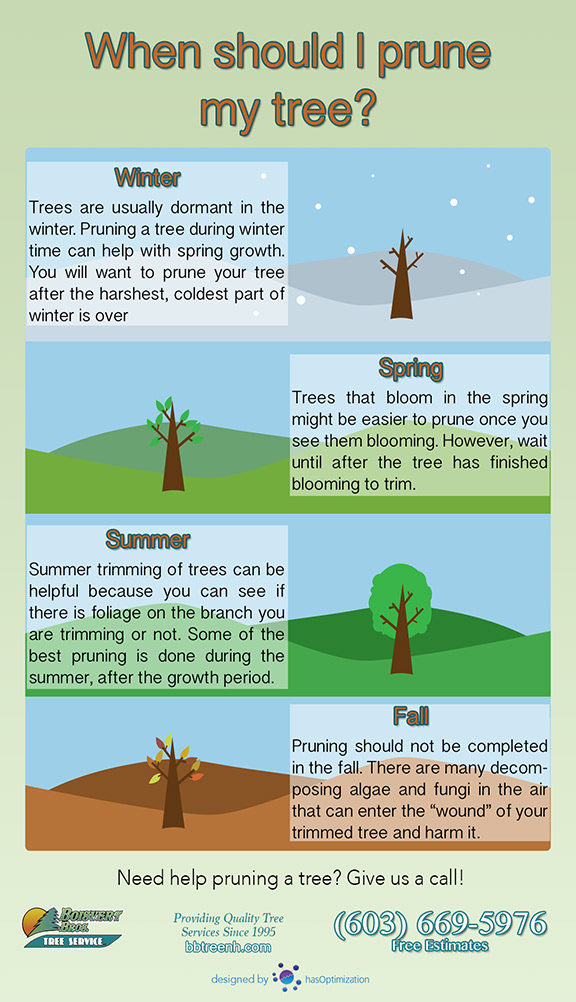Post-Tree Elimination Therapy: Reliable Approaches For Landscape Remediation
Post-Tree Elimination Therapy: Reliable Approaches For Landscape Remediation
Blog Article
Content Author-Wilcox Deal
After a tree's removal, your landscape might look fairly different, and it's vital to assess the after-effects thoroughly. You'll intend to evaluate the dirt disturbance and check surrounding plants for any indicators of tension. Disregarding these aspects can lead to larger problems down the line. So, what should you perform with those stumps and origins? And exactly how do you pick the most effective plants for your rejuvenated space? Let's explore these important actions.
Examining the After-effects: Examining Your Landscape
After a tree removal, it's vital to assess your landscape to understand the influence it carries your backyard.
Beginning by taking a look at the location where the tree stood. Try to find indications of dirt disturbance, and inspect the surrounding plants for any kind of anxiety or damage.
You ought to additionally make note of just how the elimination has transformed sunshine direct exposure and airflow in your garden. This change can influence the development of close-by plants, so it's important to review their health and wellness.
Take into consideration the aesthetic elements too; the removal may create an open space that you can revamp.
Lastly, think of any possible erosion problems that may emerge from the tree's lack. Addressing these factors early will aid bring back equilibrium to your landscape.
Taking care of Stumps and Roots: Alternatives for Removal
Once you have actually assessed the consequences of the tree removal, you'll likely require to take on the stump and roots left behind.
You have a few alternatives for elimination. One effective method is stump grinding, where a specialist utilizes a maker to grind the stump to below ground degree. This strategy leaves minimal disruption to your landscape.
If you choose a DIY method, you can make use of a combination of digging and chemical stump cleaners. Just keep in mind, this process can take some time and initiative.
Additionally, consider leaving the stump as an all-natural function, which can act as a special yard element or environment for wildlife.
Whatever you select, resolving the stump and origins is crucial for restoring your landscape.
Choosing the Right Plant Kingdoms for Your New Room
As you evaluate your recently removed area, picking the right plants can considerably boost your landscape's charm and functionality.
Beginning by taking into consideration the sunshine and soil problems. For warm areas, choose drought-resistant plants like lavender or succulents. In shaded places, brushes and hostas prosper well.
Think about https://www.kivitv.com/rebound/rebound-idaho-evictions-are-rising-significantly-in-idaho-according-to-new-data-heres-some-tips-to-avoid-an-eviction-on-your-record and growth habits of your plants; mix perennials and annuals for seasonal selection. Don't forget to incorporate indigenous species; they require much less maintenance and assistance neighborhood wildlife.
Team plants in weird numbers for a much more natural appearance and produce layers for visual depth.
Lastly, guarantee you have a mix of shades and textures to keep your landscape vibrant throughout the seasons.
Prune Chaste Tree growing!
Final thought
In conclusion, recovering your landscape after tree elimination is a gratifying procedure. By evaluating the results, attending to stumps and roots, and picking the right plants, you'll produce a flourishing setting. Do not fail to remember to incorporate erosion control actions to secure your dirt. With a little initiative and treatment, you can change your area into a vibrant yard that improves your home. Accept the possibility to rejuvenate your landscape and appreciate the elegance of nature right in your yard!
